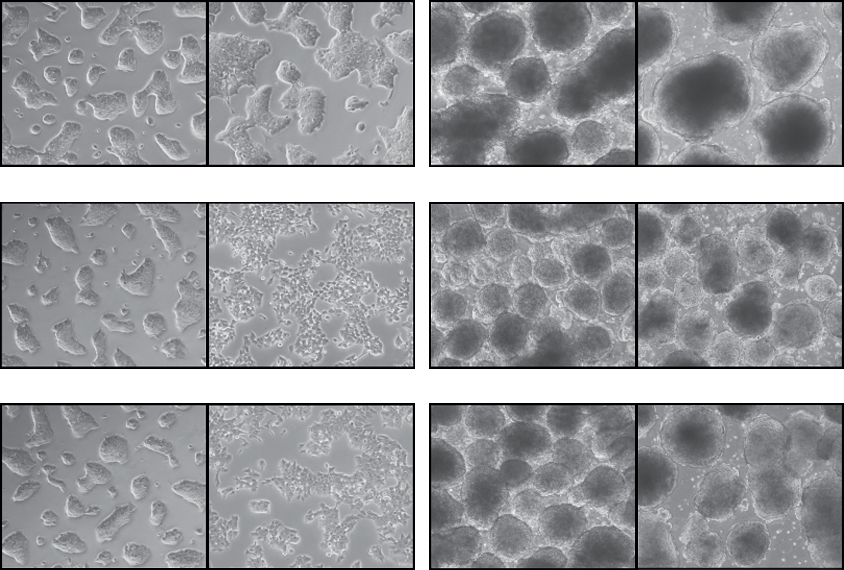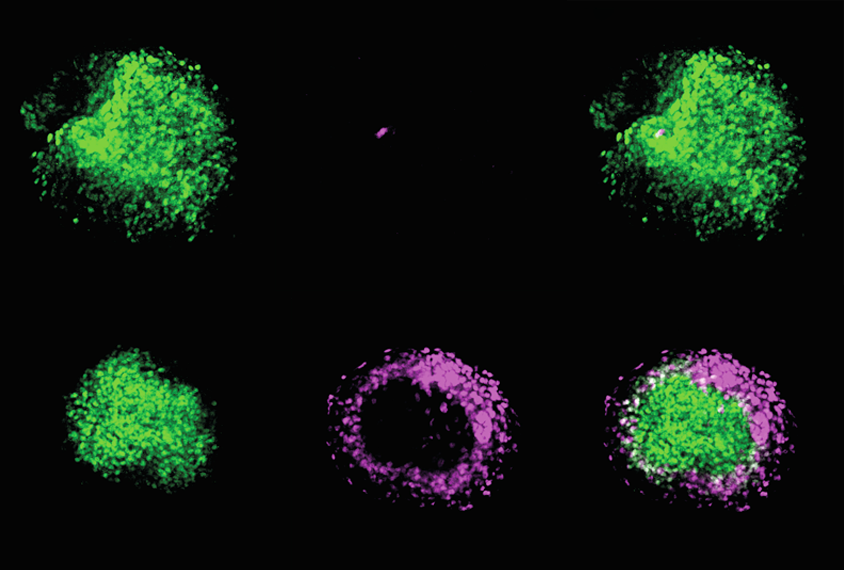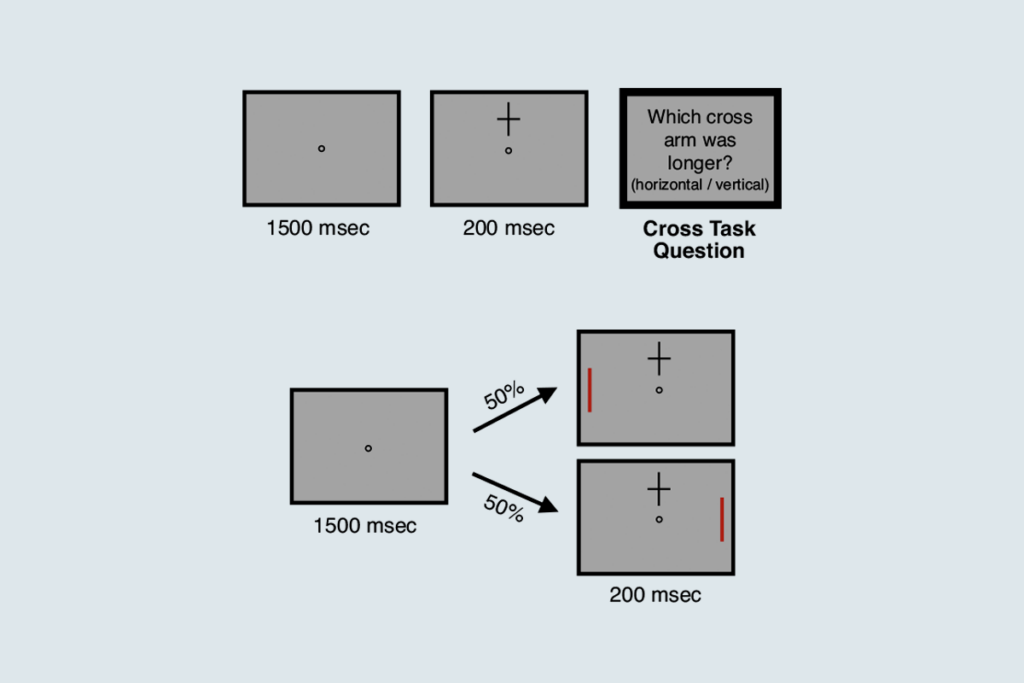Just weeks after sperm and egg join, a human embryo forms into a horseshoe of three layers, each responsible for generating its own specialized cells.
It is in the ectoderm layer — the birthplace of the nervous system — that the autism-linked gene ZNF462 performs a crucial job: suppressing the genes that coax stem cells into becoming anything but a brain cell, according to a new mouse study. Without that block, some cells destined for the brain wind up with extraneous functions, delaying neuronal development.
“The normal time course of differentiation is disrupted,” says lead investigator Oliver Bell, assistant professor of biochemistry and molecular medicine at the University of Southern California in Los Angeles.
Bell hit upon ZNF462 in 2017 while searching for new genes involved in chromatin regulation. Though Bell’s interest was chromatin function, many top genes linked to autism and neurodevelopmental issues are involved in that process.
People with only one functioning copy of ZNF462 have Weiss-Kruszka syndrome, a rare condition marked by distinct facial features, developmental delays and, sometimes, autism. In 2017, Paul Kruszka, then a clinical geneticist at the National Human Genome Research Institute in Bethesda, Maryland, first described the condition, after finding variations in ZNF462 while screening the exomes of people with developmental delays. At the time, next to nothing was known about the gene; in 2019, just 24 people were known to have the condition, though it’s likely more exist.
“This is awesome,” says Kruszka, now chief medical officer at the genetic testing company GeneDx, of Bell’s paper. “He’s really diving down into the biology of, ‘What does this gene do?’”
T
o probe the gene’s function, Bell and his team disrupted the function of one or both copies of ZFP462, the mouse equivalent of ZNF462, in mouse embryonic stem cells. As the stem cells replicated, they spread out more than wildtype cells, which cluster into a tight dome shape. The wayward distribution suggests unusual cell differentiation at the earliest stages of development, Bell says.Genes that nudge cells toward becoming muscle, connective tissue, gut and other organs — typically active in only the mesoderm and ectoderm, the other two layers of an embryo — are upregulated in stem cells deficient in ZFP462, the researchers found.

Embryoid bodies and neural progenitor cells derived from the edited stem cells are smaller than wildtype ones, the team also found. And expression of meso- and endoderm genes fails to decrease in the mutant progenitors as it does in controls.
It’s possible that cells that should become neurons are instead staying in a more plastic state for too long, Bell says. “Either they’re just not properly mature, so they’re sort of confused cells, or essentially are lost and contribute to another lineage.”
The findings were published in Nature Cell Biology in January.
T
he downstream effects of the extra ill-fated cells are unknown, and an important target for future research, says Sofia Lizarraga, professor of biology and medicine at Brown University in Providence, Rhode Island, who was not involved in the work. It’s possible the brain’s wiring is altered as a result, for example.“That’s what I think is really remarkable about this work,” Lizarraga says. “It opens up a lot of questions in terms of what you do next.”
Other genes that modify heterochromatin — the tightly packed form of chromatin that suppresses unwanted gene expression — are involved in neurodevelopment and linked to autism. ADNP, for example, appears to repress endodermal genes and regulate genes that help determine cell fate.
“There is a theme there that this kind of machinery is being used in neural development,” Bell says.
It’s unclear how any treatment could target this machinery, Bell says, given that it’s active so early in development. He says he plans to study ZNF462 mutations in human stem cells and cortical organoids, which could reveal therapeutic opportunities.
Kruszka, though, is more optimistic. Clinicians don’t know which ZNF462 mutations lead to which outcomes, making it difficult to advise families going through sequencing, he says.
“He’s answering two questions: What variants are meaningful, and what do the variants do?” Kruszka says. “That’s the next logical step to some type of treatment.”





